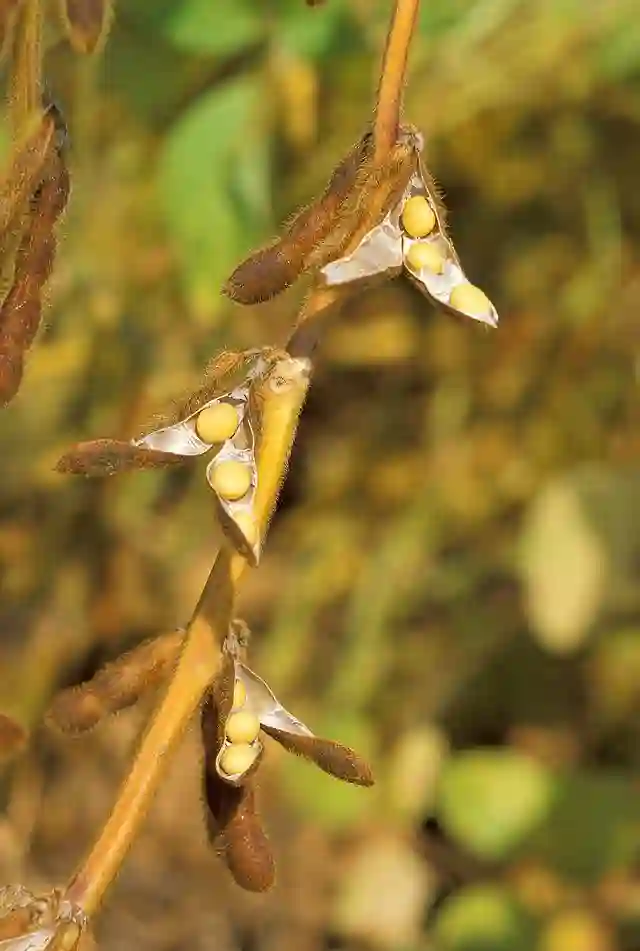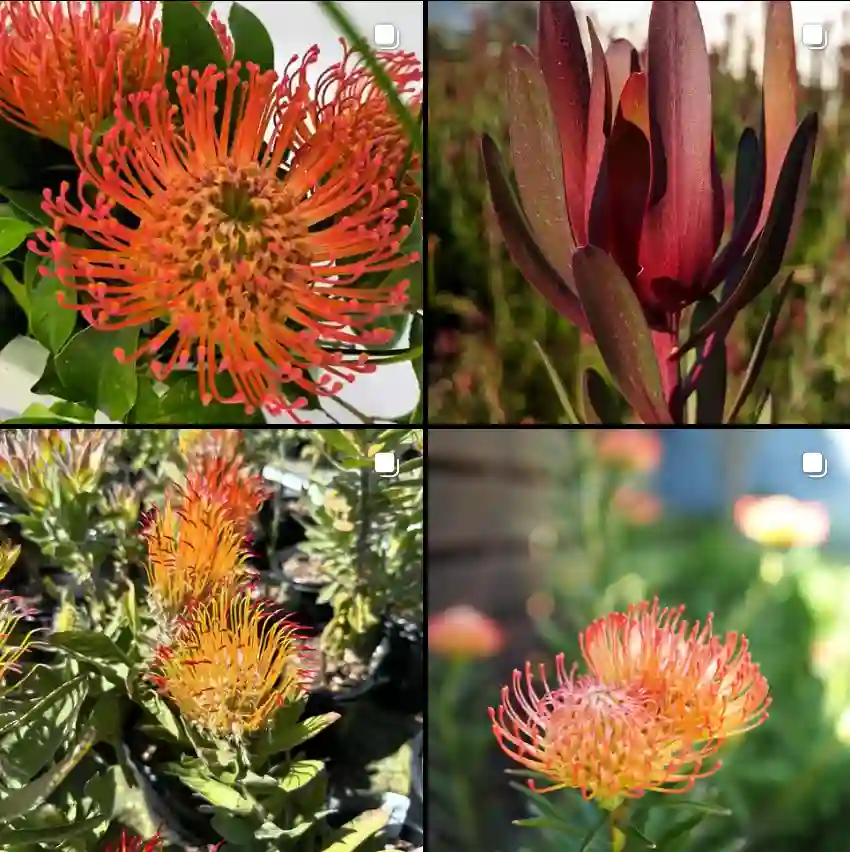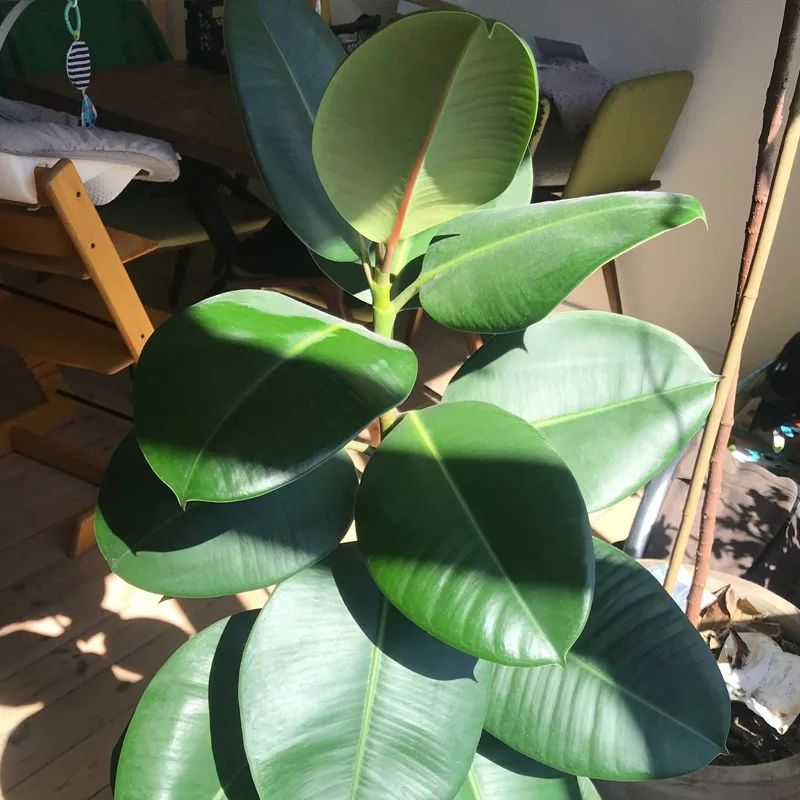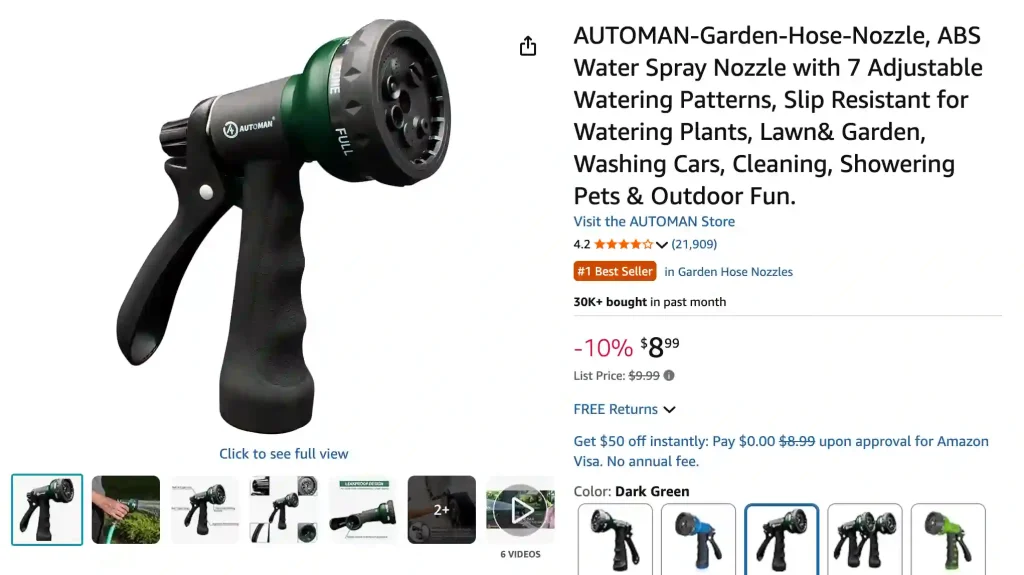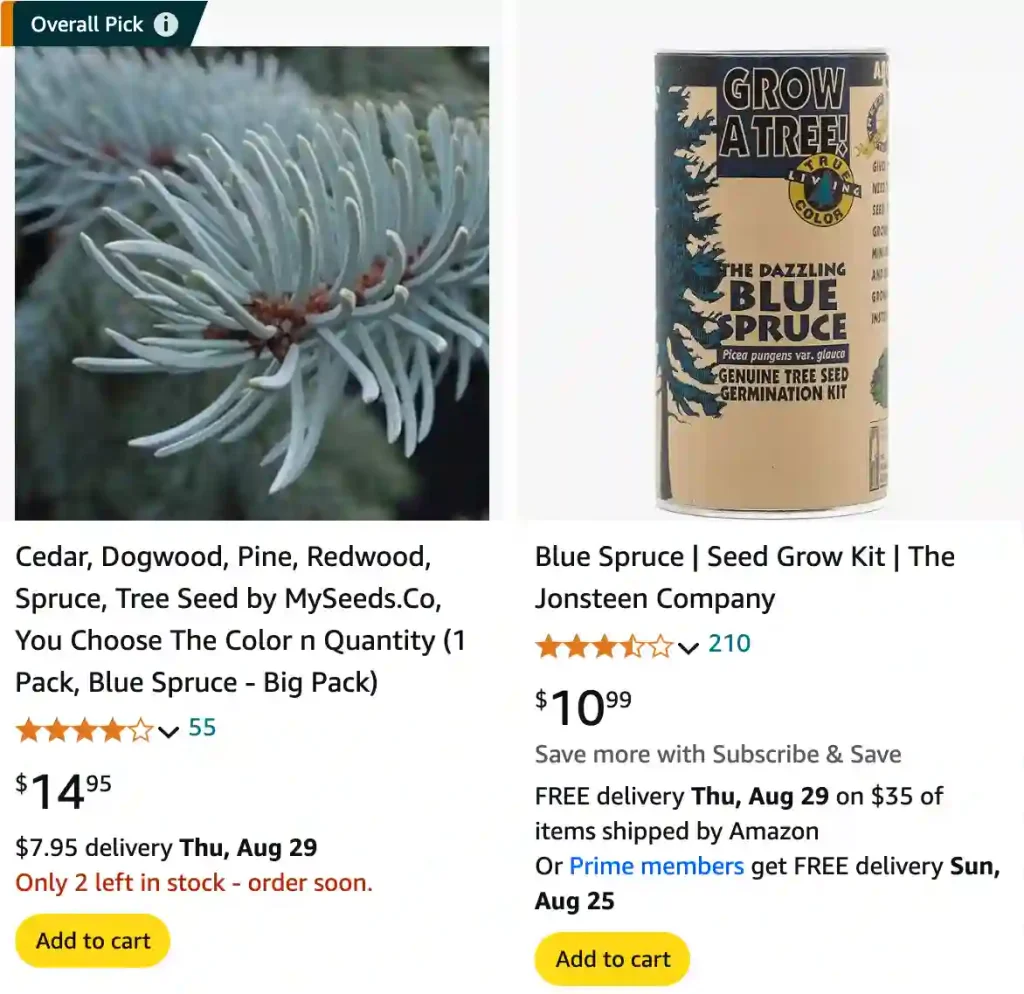
What Is a Blue Spruce?
The Blue Spruce, scientifically known as Picea Pungens, is a striking conifer native to the Rocky Mountains of North America. With its unique blue-green needles and symmetrical shape, it has become a popular choice for landscapes and as a Christmas tree. Its name comes from the bluish hue of its foliage, which is due to a waxy coating on the needles.
41 Species in Genus Picea
How Fast Do Blue Spruce Grow?
When planting a Blue Spruce, you might wonder how quickly it will fill out your garden. Blue Spruces are relatively slow growers compared to other trees. On average, they grow about 6 to 12 inches per year. This means you’ll need to be patient if you’re hoping for a large, mature tree quickly. However, their slow growth rate allows them to develop a dense and attractive canopy over time.
How Big Does Blue Spruce Get?
Blue Spruces can grow quite large. In optimal conditions, they can reach heights of 30 to 60 feet, with a spread of 10 to 20 feet. Their size makes them an excellent choice for creating a dramatic focal point in large landscapes or as a towering privacy screen.
How Long Do Blue Spruce Trees Live?
One of the appealing aspects of Blue Spruce trees is their longevity. With proper care, they can live for 100 to 200 years. Their durability and long life make them a worthwhile investment for your garden or landscape.
How to Plant a Blue Spruce?
Planting a Blue Spruce involves a few key steps:
- Choose the Right Location: Blue Spruces thrive in full sun and well-drained soil. They prefer a slightly acidic to neutral pH.
- Prepare the Soil: Ensure the soil is loose and well-draining. Adding organic matter can improve soil structure.
- Dig a Hole: The hole should be twice as wide and the same depth as the root ball of the tree.
- Plant the Tree: Place the tree in the hole, making sure it is level with the surrounding soil. Backfill with soil and water thoroughly.
- Mulch and Water: Apply mulch around the base to retain moisture and keep weeds at bay. Water regularly, especially during the first growing season.
How to Trim a Blue Spruce?
Trimming a Blue Spruce is crucial for maintaining its shape and health. Here’s how to do it:
- Timing: The best time to prune is in late winter or early spring before new growth begins.
- Remove Dead or Diseased Branches: Start by cutting away any dead, damaged, or diseased branches.
- Shape the Tree: Lightly trim the tips of branches to maintain the tree’s shape. Avoid cutting too much, as Blue Spruces have a slow growth rate.
How to Save a Dying Blue Spruce?
If your Blue Spruce is showing signs of distress, such as browning needles or stunted growth, consider these steps:
- Check for Pests and Diseases: Common issues include spruce beetles and fungal infections. Treat these problems with appropriate pesticides or fungicides.
- Ensure Proper Watering: Overwatering or underwatering can stress the tree. Adjust watering to keep the soil consistently moist but not waterlogged.
- Improve Soil Drainage: If the soil is too compacted, amend it to improve drainage.
- Prune Dead or Diseased Areas: Removing affected branches can help the tree recover.
Do Deer Eat Blue Spruce Trees?
Deer are known to browse on various plants, but Blue Spruce trees are generally less palatable to them. However, in times of food scarcity, deer may nibble on the lower branches. Installing deer repellents or fencing can help protect your tree from these hungry visitors.
When to Plant Blue Spruce?
The best time to plant Blue Spruce is in the spring or fall. These seasons provide cooler temperatures and adequate moisture, which helps the tree establish roots before the heat of summer or the cold of winter sets in.
Is a Blue Spruce a Pine Tree?
No, a Blue Spruce is not a pine tree. It belongs to the spruce family, Picea, which is distinct from the pine family, Pinus. While both types of trees are conifers and have needle-like leaves, spruces and pines have different needle arrangements and cone structures.
What Does a Blue Spruce Look Like?
A Blue Spruce is characterized by its dense, symmetrical shape and distinctive blue-green needles. The needles are four-sided and have a sharp tip, giving the tree a striking, spiky appearance. The cones are cylindrical and range in color from green to brown as they mature.
Why Is My Blue Spruce Turning Brown?
Brown needles on a Blue Spruce can indicate various issues:
- Environmental Stress: Drought, extreme temperatures, or improper watering can cause browning.
- Pests and Diseases: Look for signs of infestations or fungal infections.
- Nutrient Deficiencies: Ensure the tree is receiving the necessary nutrients through proper fertilization.
Are Blue Spruce Good Christmas Trees?
Yes, Blue Spruce trees are popular as Christmas trees due to their symmetrical shape and sturdy branches, which can hold ornaments well. Their blue-green needles and pleasant aroma also add to their appeal during the holiday season.
Blue Spruce vs. Other Spruces
Blue Spruce vs. White Spruce: White Spruce (Picea glauca) has a lighter green color and softer needles compared to the Blue Spruce. It also grows slightly faster but is less cold-hardy.
Blue Spruce vs. Fraser Fir: Fraser Fir (Abies fraseri) has a more pleasant scent and softer needles, making it a popular choice for Christmas trees. It has a more pyramid-shaped form, while the Blue Spruce has a more rigid structure.
Blue Spruce vs. Douglas Fir: Douglas Fir (Pseudotsuga menziesii) has a sweeter fragrance and softer needles compared to the Blue Spruce. Douglas Fir trees are also generally faster-growing.
Blue Spruce vs. Balsam Fir: Balsam Fir (Abies balsamea) is another popular Christmas tree with a strong scent and soft needles. It tends to be shorter and bushier than Blue Spruce.
Blue Spruce vs. Norway Spruce: Norway Spruce (Picea abies) has drooping branches and a more open structure. It’s less cold-hardy than the Blue Spruce but grows faster.
Blue Spruce vs. Black Hills Spruce: Black Hills Spruce (Picea glauca var. densata) is a smaller, more compact variety of spruce compared to the Blue Spruce, which makes it suitable for smaller spaces.
Blue Spruce vs. Colorado Spruce: Colorado Spruce is another name for Blue Spruce, so there is no difference between them.
Blue Spruce vs. Engelmann Spruce: Engelmann Spruce (Picea engelmannii) has similar blue-green foliage but is typically found at higher elevations and has slightly different needle arrangements.
Blue Spruce vs. Fir: Generally, spruces have sharper, stiffer needles compared to the softer, flatter needles of firs.
Blue Spruce vs. Green Spruce: Green Spruce is a less common term and usually refers to Blue Spruce varieties with less intense blue coloring.
Blue Spruce vs. Lie Nielsen Chisels: This comparison doesn’t fit as Lie Nielsen is a manufacturer of woodworking tools, not a type of tree.
Blue Spruce vs. Noble Fir: Noble Fir (Abies procera) has a more elegant form and sturdy branches, but it doesn’t have the same distinctive blue hue as the Blue Spruce.
Blue Spruce vs. Pine Tree: Pine trees have long, flexible needles and are generally more tolerant of poor soil conditions, whereas Blue Spruces have shorter, stiffer needles and require more specific growing conditions.
Blue Spruce vs. Veritas Chisels: Similar to Lie Nielsen, Veritas is known for its woodworking tools, not trees.
How to Care for a Blue Spruce?
To keep your Blue Spruce healthy:
- Watering: Keep the soil consistently moist, especially during dry periods.
- Fertilizing: Apply a balanced, slow-release fertilizer in early spring.
- Mulching: Use mulch around the base to retain moisture and suppress weeds.
Common Problems and Solutions
Pests: Watch for spruce beetles and spider mites. Treat infestations with appropriate pesticides.
Diseases: Fungal diseases like needle cast can cause needle drop. Improve air circulation and apply fungicides if necessary.
By understanding these aspects of Blue Spruce care and comparisons, you can better appreciate this stunning tree and ensure it thrives in your garden.
If i die, water my plants!
